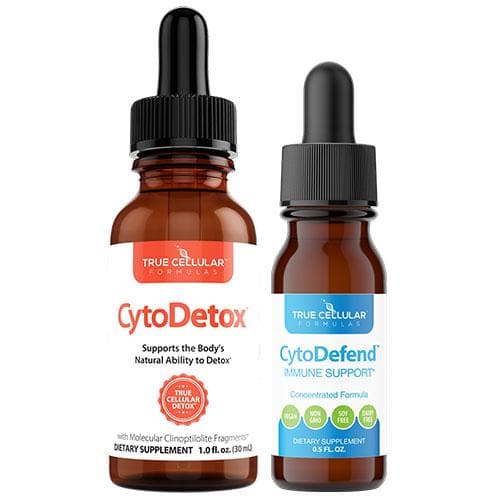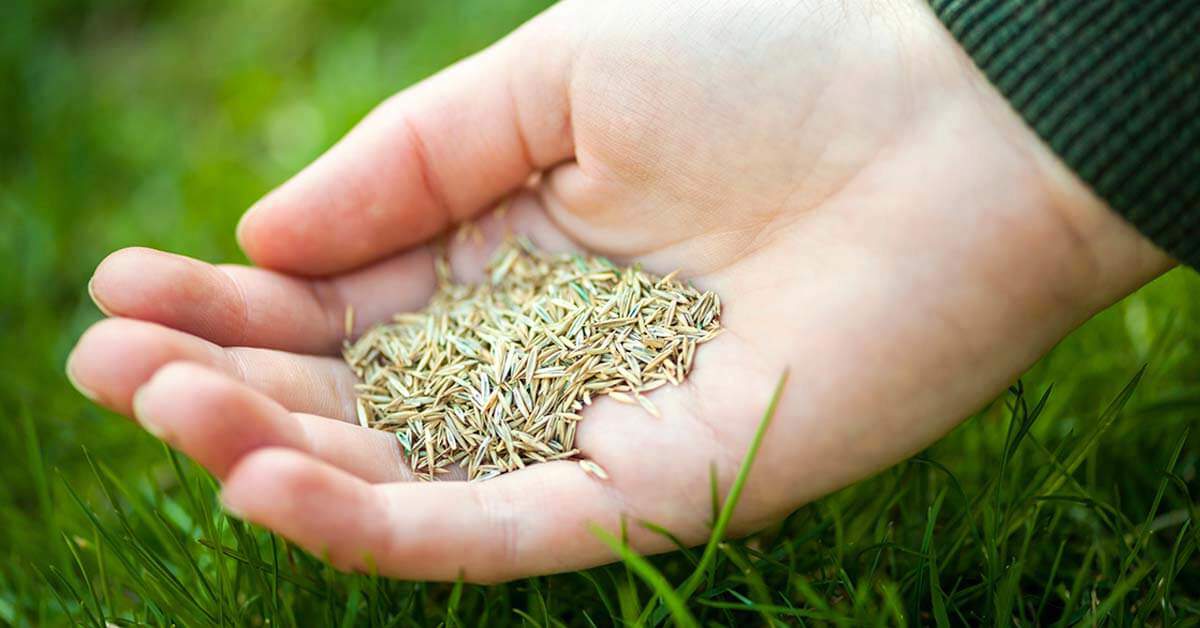
We're all taught to eat a healthy lifestyle. But what does it actually mean to have food labels? They indicate how much food has particular nutrients and if it is balanced. Following these guidelines can help ensure we get the proper nutrients. The following are six of the most important facts found on food labels. These facts are not only important for your health but also for your wallet. Know what they mean and keep them handy when shopping.
Let's begin by discussing what food labels are. Food labels usually list the ingredients, in decreasing order of their weight. The ingredients listed should contain all the essential nutrients. Then, they list any artificial ingredients. If a food contains no sugar, it means that the manufacturer added artificial sweeteners to it. This doesn't necessarily mean it doesn't have natural sugars. It also indicates that the food has no preservatives and/or additives.
Good health is dependent on food labels. It's easy to find out the ingredients in the food you buy. The food labels provide the nutrient information you need to stay healthy. You can check whether a product has high levels of vitamin A or vitamin B, as well as whether it contains iron and calcium. Knowing what is in a food can help you make informed decisions about your health.
These are only a few examples of the many important ingredients that are vital for your health. Every product must contain a description of the ingredients. Labels must include nutrition information. It is important to understand these labels so that you can ensure the information is correct and not misleading. You'll be better informed about your choices when you're savvy about these details. So, don't be afraid to ask yourself questions about the nutritional content and other information on food labels.
It is vital for your health to have a food label. It allows you to make informed food choices that are best for your body and personal goals. It can help you avoid unhealthy foods or unnecessary calories. It can also help to maintain a healthy diet. It's important to read labels carefully to determine what's in a particular food. You can make informed choices about your health by reading labels. It is also important to read the labels on foods you purchase.

To stay healthy, you need to know what the food label says. It is important to read the food label. This will tell you what you can and cannot eat. It is essential to know what the serving size is for a particular food. It is important to remember that nutrition labels were updated to focus on the most important ingredients for your health. They are meant as a resource for your health. Read the labels carefully if in doubt about the ingredients of a food.
It can help you make informed purchasing decisions by providing information on food labels. Depending on the food item you are buying, the label can help you compare the nutritional content of the foods. Because of its influence on the amount of food you consume, it is important that the serving size be accurate. Checking the labels on a variety foods can help you determine the exact serving size. Use the right number and type of measuring spoons or cups to find the perfect size.
A food label will indicate how many servings a particular food has. Serving size is the number calories per serving. A single serving of calories can contain fat, carbohydrate, or protein. It is vital to understand the nutritional information of any food. A label's calorie count will allow you to make educated decisions about how much calories you need. However, it's important to check the serving size before consuming a food.

There are a number of factors to consider when choosing a meal. The first is the size of the meal. The serving size of food should not contain more than four grams. Reduced calories are a good idea. Another thing to look at is the size of the package. You also need to verify the amount of milk you are eating. The label should indicate the amount of fat in a product.
FAQ
Can you learn to cook on your own?
Yes, you can be a self-taught cook! No matter how much you know, cooking is something that everyone enjoys. You can learn to cook by starting at home. Start small with simple things like spaghetti sauce or pancakes for breakfast. It is important to experiment with new recipes to learn how to cook. It is possible to make mistakes.
The time it takes to learn to cook can vary from just a few hours up to several weeks, depending upon your skill level. It is important to remember that cooking doesn't have to be about following recipes. There are so many ways to prepare food.
Where can you find free online cooking courses?
You can find free cooking lessons on many websites. YouTube can be searched for videos showing you how to make different meals. Some websites give you access to thousands of recipes. These sites usually require you to pay a monthly fee, but you can try them out for free for 30 days.
Can I cook with my family?
Yes! Children love to help in the kitchen. It's a fun activity which teaches children responsibility and teamwork. Children can help in everything, from washing vegetables and cutting onions. Your children will be more comfortable helping you cook if you teach them safe techniques for handling knives.
How much does it cost to go to culinary school?
The costs of culinary school can vary depending on where and how long it takes. Average tuition costs between $10,000 and $30,000. The majority of students graduate with around $20,000 in student debt. Some programs offer scholarships, grants, or work-study opportunities.
How long does it take to become chef? What Is the Average Career Path?
A chef's career takes about five years. You will be able to learn basic cooking techniques as well as gain practical experience working in a kitchen. You can apply for line, sous or executive chef positions after you complete your training. A chef can earn between $25,000 and $60,000 annually.
Who is the best path to a career in chef work? How can I get started in my career as an chef?
If you're interested in becoming a chef, you should consider starting as an apprentice. Apprenticeships offer the chance to work for several year without any tuition fees. After your apprenticeship is completed, you can apply to be a sous chef. Sous chefs assist cooks with tasks such as making salads, and desserts. They are also responsible for the overall operation of the restaurant.
How do I get hired as a chef?
You must complete a degree in culinary arts to be able to apply for a job at the table as a professional chef. The next step is to join a professional association like the American Culinary Federation. This organization offers certification exams and networking opportunities.
Statistics
- In the United States, the category is estimated at $23.2 billion annually and is growing faster than the market. (washingtonpost.com)
- On average, chefs earn $58,740 a year, according to the BLS. - learnhowtobecome.org
- under 10 Kids have been taught that there is special food just for them, and Fiese says that 10 percent of kids will throw a tantrum if they don't get the food they want. (washingtonpost.com)
External Links
How To
How to make an omelet that is perfect
Omelets are a favorite breakfast food of mine. But how do you create them perfectly? Many different recipes and methods have failed to work for me. I have some tips and tricks to help you make delicious, fluffy omelets every single morning.
When making omelets, it is important to be aware that eggs can be temperamental. It is important that eggs are fresh from an organic market and kept cool until used. They must be kept cool, otherwise the whites will not form properly and the yolks may become runny. This can make your omelets look bizarrely colored. If you intend to cook your eggs immediately, it's best to use room-temperature egg.
Another tip is to separate each egg before adding them to the saucepan. You don't want the white to get mixed with the yolk, as this could cause the egg to curdle.
You could end up burning the bottom half of the egg if the egg is added directly to the heat source. Instead, place the egg in the microwave for 10 second before you put it in the skillet. The microwave heat is sufficient to cook the egg without overcooking.
Next, let’s talk about mixing the egg. Mixing eggs together is important. You need to beat them well. To do this, take the bowl from the mixer and flip it upside-down. Now shake the bowl vigorously. By doing this, the egg is thoroughly mixed with the air in the bowl.
Now comes the fun part - pouring the milk into the mixture. The first step is to pour half of the milk in the beaten eggs. Next, fold the eggs into the remaining milk. Do not be alarmed if there are still egg streaks visible. Once the omelet flips, these streaks will disappear.
After folding the eggs fold the pan onto medium heat. When the oil starts to hot, wait for the pan to cook. Add 1/4 cup butter to the oil and swirl it around to coat all sides of the pan. Carefully open the pan's lid and add salt to the pan. A pinch of salt will help prevent the omelet from sticking to the pan.
Once the omelet has formed, cover the pan again and wait for the top side to set completely. Flip the omelet by using a spatula. Cook the other side for about a minute. Serve the omelet immediately by removing it from the pan.
This recipe is best when used with whole milk. But, you can use skimmed milk as well.